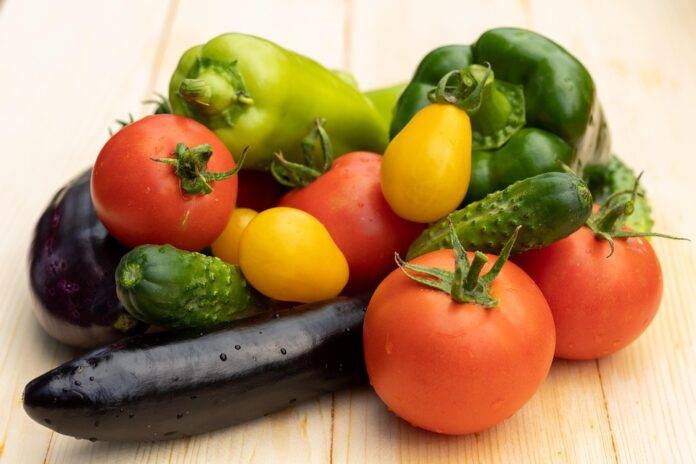Introduction
Aubergine, also known as eggplant, is a popular vegetable crop grown worldwide. However, climate change poses significant challenges to the cultivation of aubergines, affecting both yield and quality. In this report, we will discuss the impact of climate change on aubergine farming and explore various adaptation strategies that farmers can employ to mitigate these challenges.
Climate Change and its Impact on Aubergine Farming
Climate change is causing shifts in temperature and precipitation patterns, leading to unpredictable weather conditions that directly affect aubergine cultivation. Extreme heatwaves, droughts, heavy rainfall, and pest outbreaks are some of the consequences of climate change that farmers have to contend with. These environmental stressors can reduce aubergine yields and quality, making it harder for farmers to maintain profitability.
Specific Data on Climate Change
According to the Intergovernmental Panel on Climate Change (IPCC), global temperatures have risen by 1.1°C since the pre-industrial era. This increase in temperature has led to more frequent and intense heatwaves, negatively impacting aubergine crops. Additionally, changes in precipitation patterns have disrupted traditional growing seasons, making it challenging for farmers to plan their planting and harvesting schedules.
Challenges Faced by Aubergine Farmers
Aubergine farmers face several challenges due to climate change, including:
Decreased Yields
Higher temperatures can reduce aubergine yields by affecting pollination and fruit set. Heat stress can also lead to flower drop and poor fruit development, resulting in lower production levels for farmers.
Pest and Disease Outbreaks
Warmer temperatures create favorable conditions for pests and diseases that attack aubergine plants. Increased pest pressure can lead to significant crop losses if not managed effectively, further reducing farmers’ profitability.
Water Scarcity
Droughts and erratic rainfall patterns can result in water scarcity, making it challenging for farmers to irrigate their aubergine fields adequately. Water stress can stunt plant growth and reduce fruit quality, impacting overall productivity.
Adaptation Strategies for Aubergine Farming
To address the challenges posed by climate change, aubergine farmers can adopt various adaptation strategies to improve resilience and ensure sustainable production. Some of these strategies include:
Utilizing Climate-Resilient Varieties
Planting aubergine varieties that are tolerant to heat, drought, and pest infestations can help farmers mitigate the effects of climate change. Breeding programs are developing new cultivars with improved resilience traits to ensure better yield stability in changing environmental conditions.
Implementing Precision Agriculture Techniques
Precision agriculture technologies, such as drip irrigation, soil moisture sensors, and weather forecasting tools, can help farmers optimize water and fertilizer use, reducing resource wastage and enhancing crop productivity. These technologies enable farmers to make data-driven decisions that maximize aubergine yields while minimizing environmental impact.
Integrated Pest Management
Adopting integrated pest management (IPM) practices can help farmers control pest and disease outbreaks without relying heavily on chemical pesticides. IPM strategies involve monitoring pest populations, using biological control agents, and implementing cultural practices to reduce pest pressure while maintaining a healthy ecosystem in the aubergine fields.
Conclusion
In conclusion, climate change poses significant challenges to aubergine farming, impacting yield, quality, and profitability for farmers. By implementing adaptation strategies such as utilizing climate-resilient varieties, implementing precision agriculture techniques, and adopting integrated pest management practices, aubergine farmers can enhance their resilience to changing environmental conditions and ensure sustainable production in the face of climate change.




